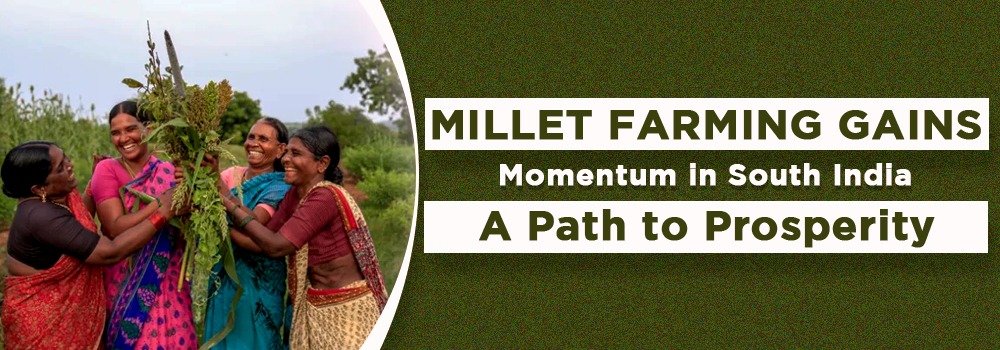
A recent study by the MS Swaminathan Research Foundation (MSSRF) has found that the southern states of Tamil Nadu, Telangana, Andhra Pradesh, Karnataka, and Kerala are becoming major centers for growing millets in India.
The study shows that these regions have adopted modern farming techniques to improve millet cultivation. This includes better seeds, the use of machinery, and stronger marketing strategies. With these changes, along with better infrastructure, millet farming has expanded in these areas.
The report, titled "Strengthening the Small Grains Economy: Lessons from the South Indian Study," was written by botanist Aliworking, economist Madhura Swaminathan, MSSRF scientist P. Yuvaraj, and nutritionist DJ Nithila. It is part of the International Year of Millets 2023, which highlights how millets can help improve food security and boost the economy.
India produces over 200 million tonnes of food grains each year, but millets account for less than 20 million tonnes of that total. The profit from growing millets is about ₹10,000 per hectare, which is much lower than the returns from crops like rice (224%) and wheat (304%). However, millets are slowly becoming more popular because of their health benefits and ability to grow in tough conditions.
The study suggests that the government should help farmers by offering price support, improving marketing options, and investing more in research. These steps could help make millet farming more profitable in the long run.
Millets are known for being highly nutritious. They are rich in protein, fiber, vitamins, and antioxidants. They are also drought-resistant and can grow in dry, poor-quality soil, making them a good crop for difficult environments. Including millets in our diets can help fight serious health problems like malnutrition, anemia, and obesity, as shown by the National Family Health Survey (2019-21).
© 2023 - 2025 Millets News. All rights reserved.